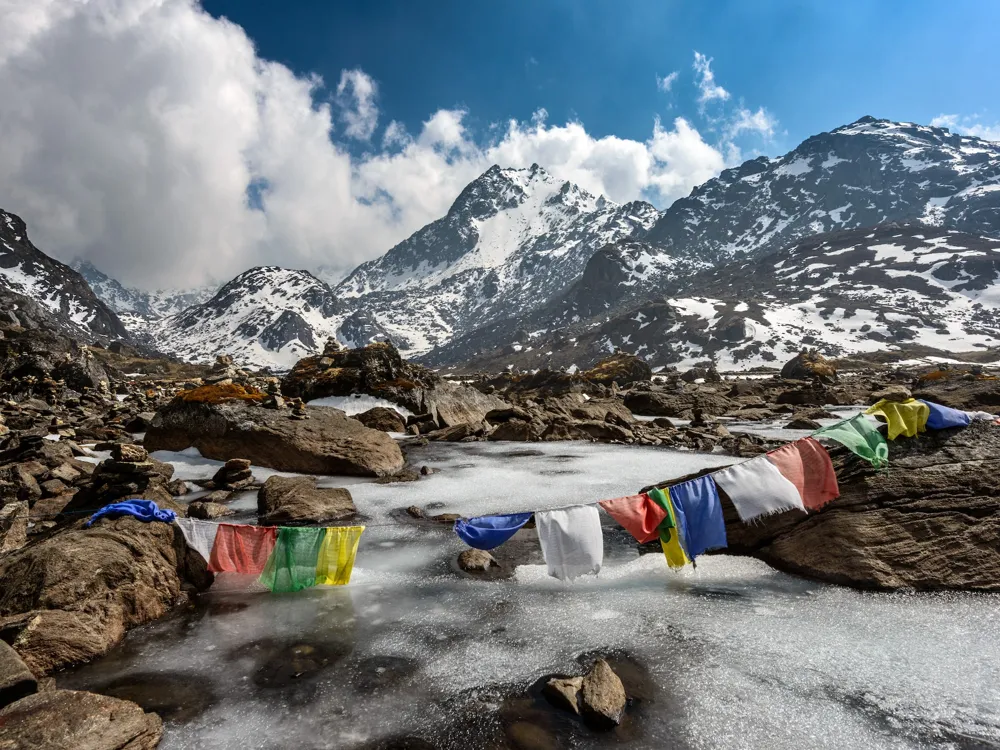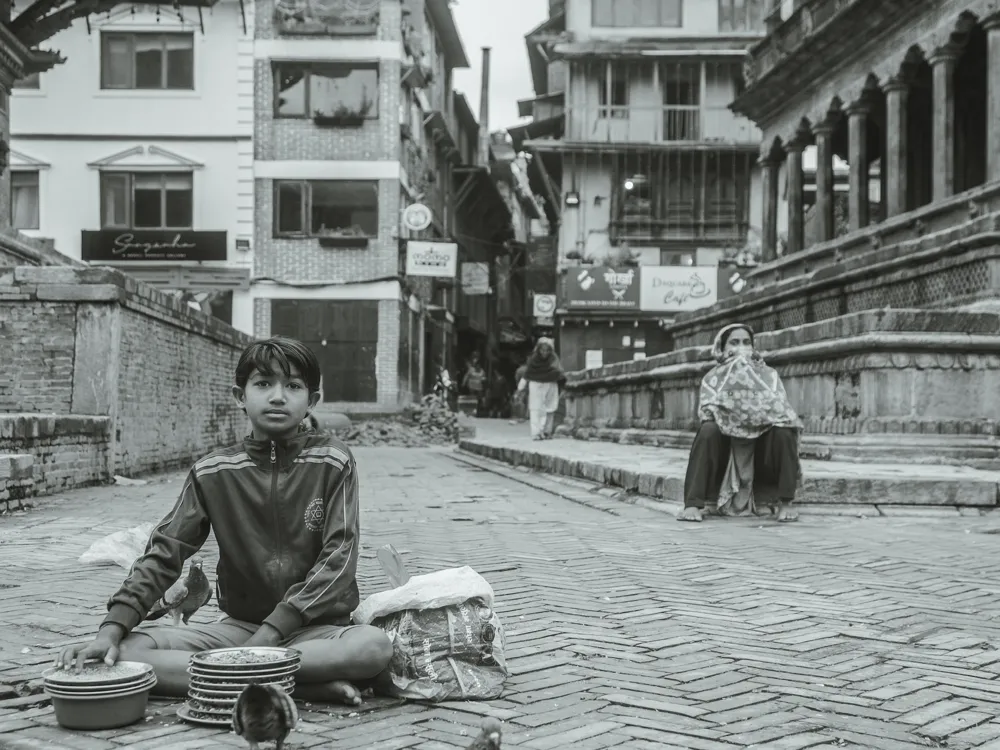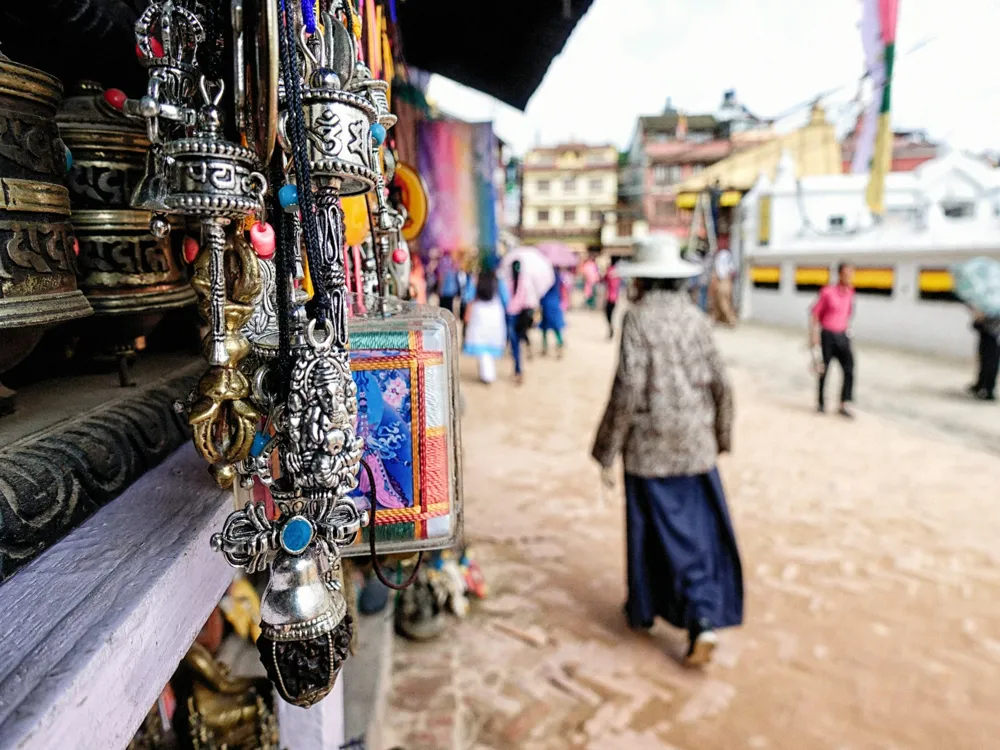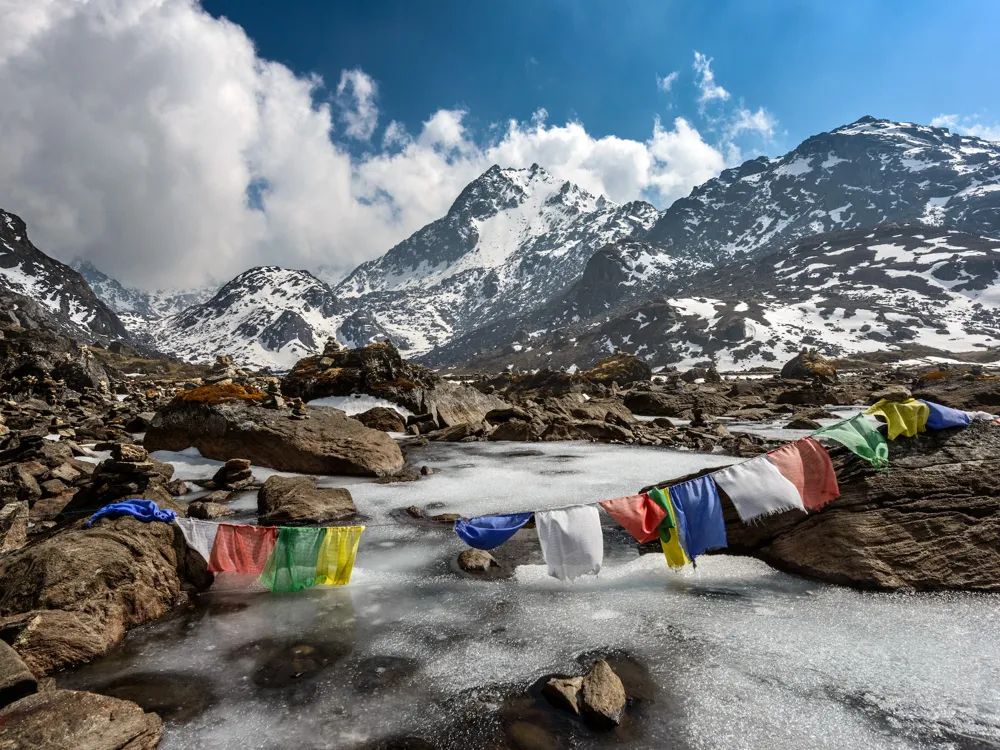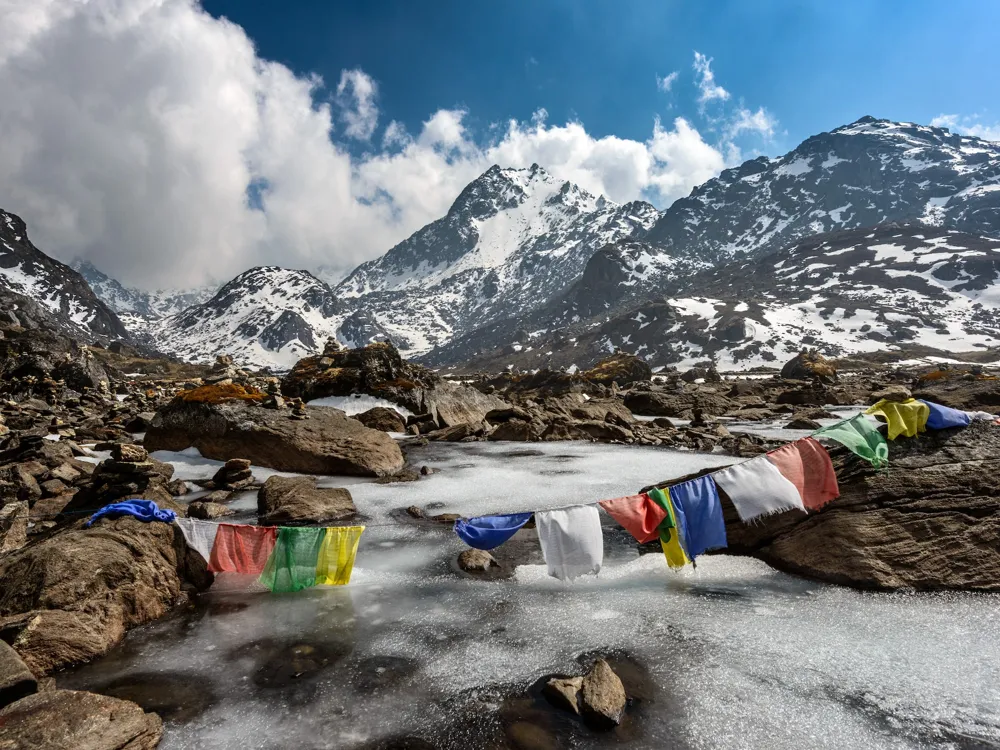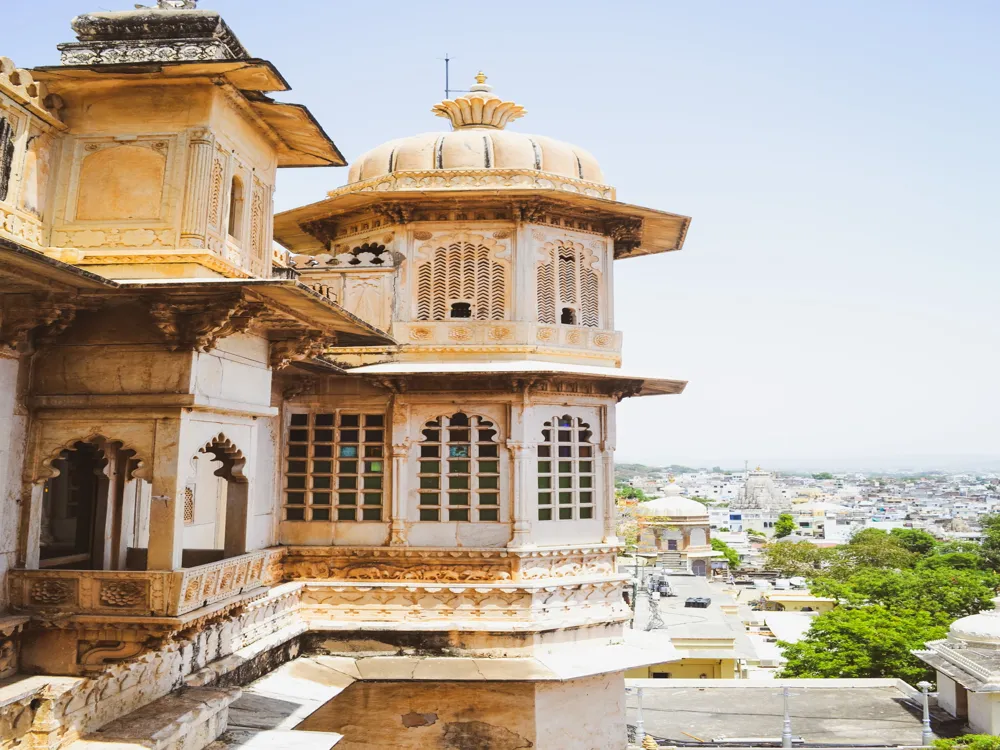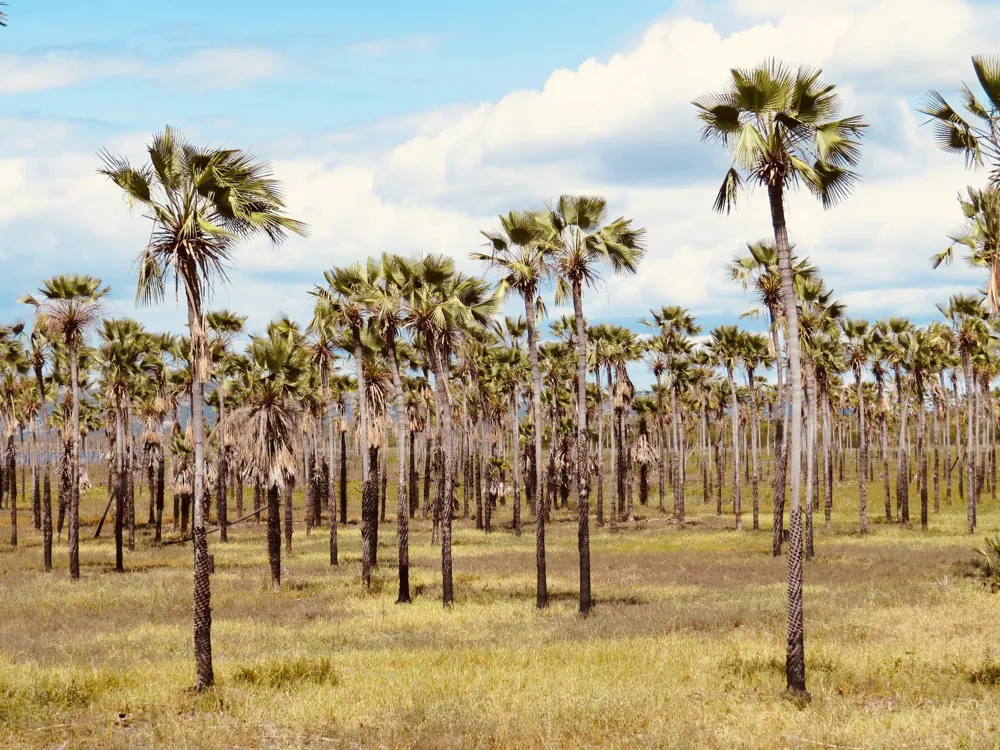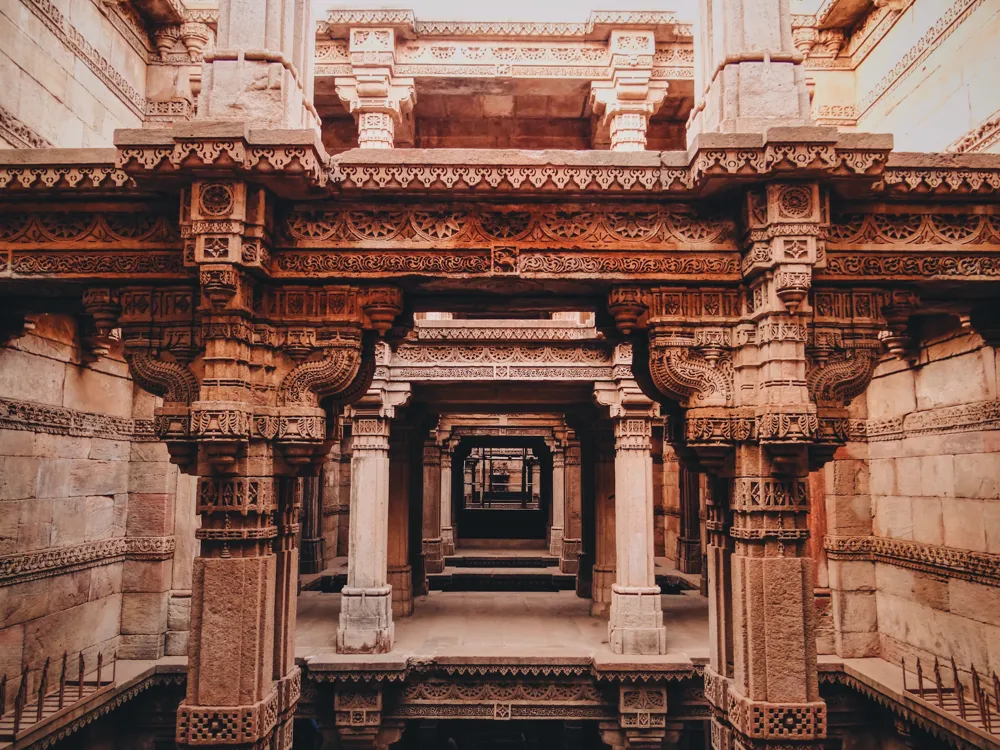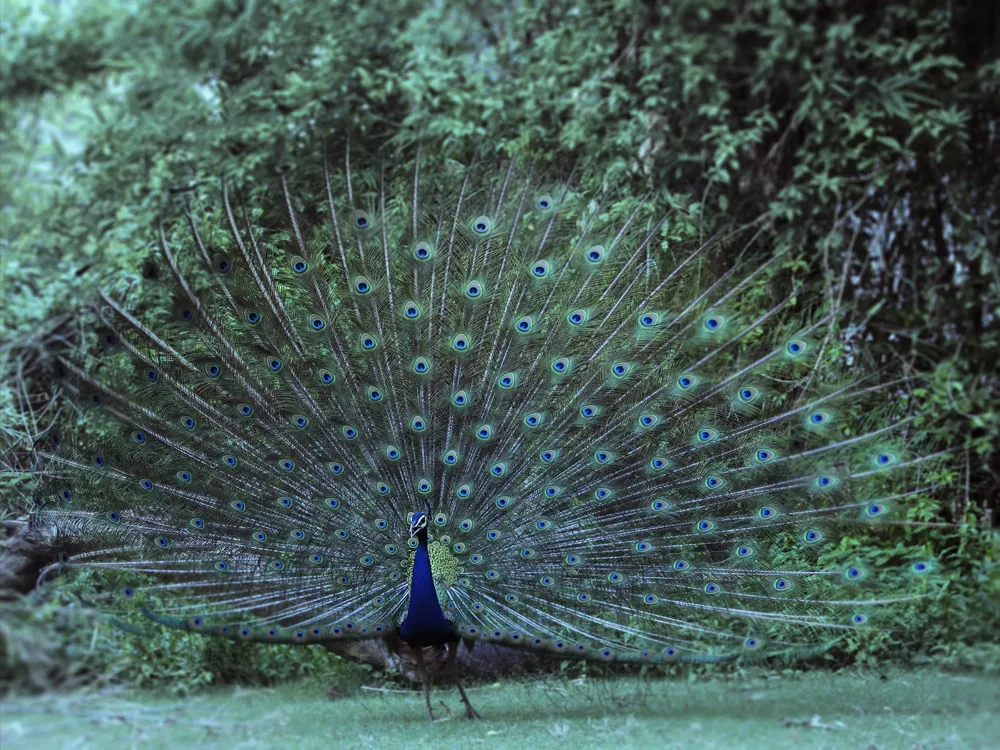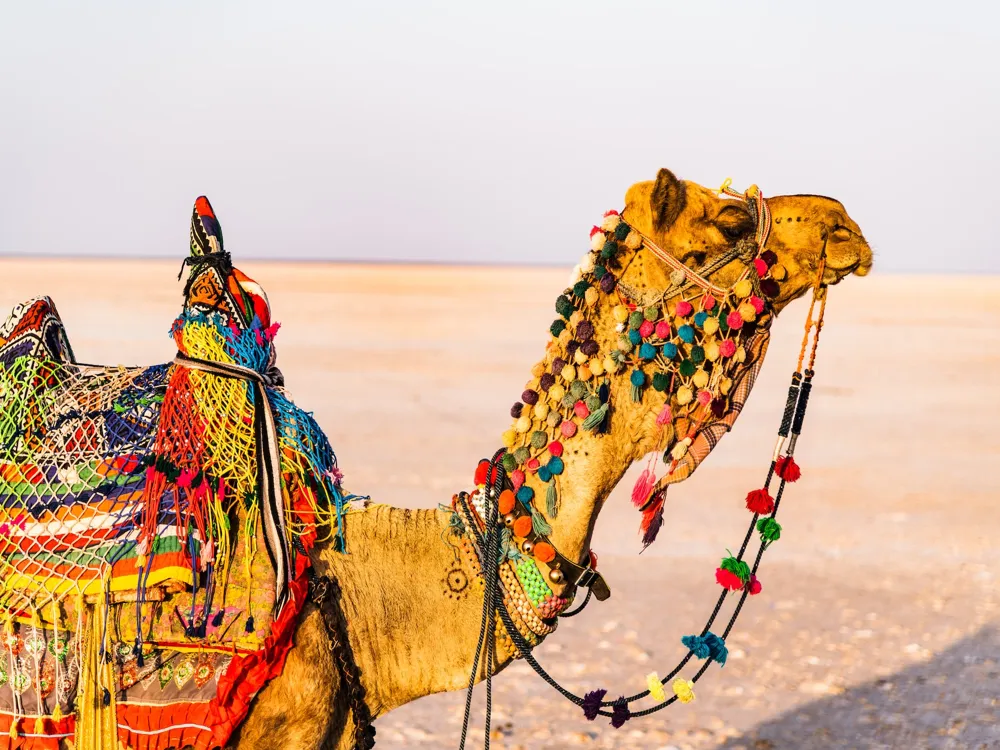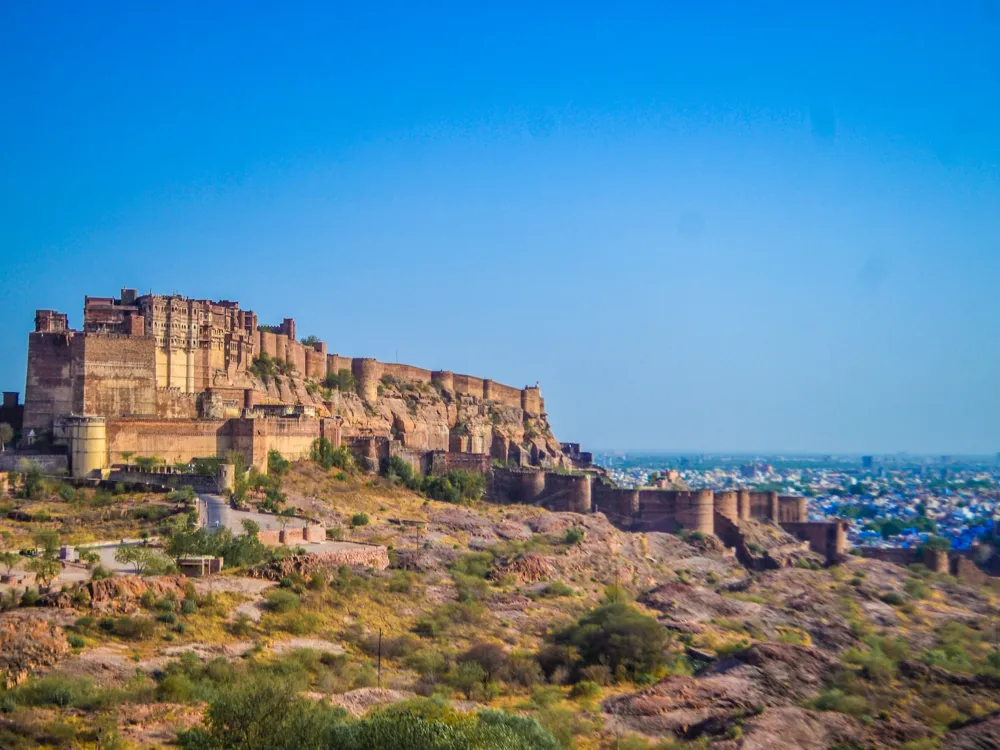The Rato Machhendranath Temple, nestled in the heart of Patan, Nepal, stands as a magnificent embodiment of cultural and historical significance. Revered as one of the most important religious sites in the region, this temple is dedicated to Rato Machhendranath, considered a god of rain and harvest. The temple's roots trace back centuries, making it a cornerstone of Patan's religious and cultural landscape. Rato Machhendranath, also known as Bunga Dyah, is deeply venerated by both Hindus and Buddhists. The temple plays a central role in the annual Rato Machhendranath Jatra, a vibrant festival attracting thousands of devotees and tourists alike. This event underscores the temple's importance in fostering communal harmony and religious coexistence. The intricate wood carvings and detailed artistry found throughout the temple offer a glimpse into Nepal's rich artistic heritage. Each aspect of the temple, from its towering pagoda structure to the elaborate depictions of deities, tells a story of religious devotion and skilled craftsmanship. Exploring the temple's history, one embarks on a journey through time. The temple's origins are shrouded in legend, with various accounts attributing its construction to different periods and rulers. Despite these varying narratives, there is a unanimous agreement on the temple's historical and spiritual significance. Over the years, it has witnessed numerous restorations and renovations, each contributing to its current grandeur while preserving its original essence. The Rato Machhendranath Temple is not just a religious site; it's a living museum that encapsulates the spirit of Patan. It stands as a testament to the enduring nature of Nepal's religious traditions, architectural prowess, and the unifying power of faith. The architectural splendor of Rato Machhendranath Temple is a harmonious blend of traditional Nepalese temple design and intricate local artisanship. Dominating the landscape with its imposing structure, the temple is the epitome of the classic Nepalese pagoda style. The tiered roofs, gracefully soaring upwards, are crowned with a gilded pinnacle that glimmers under the Nepalese sun. As one approaches the temple, the first striking feature is the elaborate woodwork adorning the doors and windows. The carvings, rich in symbolism and religious iconography, depict various deities, mythical creatures, and scenes from sacred texts. These carvings are not merely decorative; they are a form of storytelling, conveying religious teachings and local legends. The temple's interior is equally awe-inspiring. The sanctum houses the revered idol of Rato Machhendranath, surrounded by a myriad of sculptures and offerings. The idol itself is a masterpiece of religious art, capturing the deity's benevolent aspect. The walls and pillars of the temple are embellished with murals and thangkas, showcasing the artistic talents of the Newar community of Patan. The use of locally sourced materials like wood, stone, and metal in the temple's construction reflects a deep respect for nature and sustainability. This choice of materials also adds a unique Nepalese character to the temple, distinguishing it from other religious structures in the region. Each element of the temple, from the smallest carving to the grand structure, is a testament to the skill and devotion of the craftsmen who built it. Visitors should dress modestly, covering shoulders and knees, as a sign of respect for the temple's religious significance. While photography is allowed, it's important to be mindful and respectful. Avoid photographing worshippers or rituals without permission. Consider hiring a local guide for a more informative experience. Guides can provide insights into the temple's history and architecture. Visitors should observe and respect local customs and practices. This includes removing shoes before entering certain areas of the temple. Visiting during festivals like Rato Machhendranath Jatra can be a unique experience, but expect larger crowds and plan accordingly. Reaching Rato Machhendranath Temple is relatively straightforward, given its prominence in Patan. The temple is well-connected by road and can be easily accessed by local transportation modes such as taxis and buses. For international visitors, the nearest airport is Tribhuvan International Airport in Kathmandu. From the airport, one can hire a taxi or take a bus to Patan. The temple is located in the heart of Patan, making it accessible from various parts of the city. Visitors can also explore the option of renting bicycles or walking if they are staying nearby, offering a more immersive experience of the local surroundings. Read More:Overview of Rato Machhendranath Temple, Patan, Nepal
The architecture of Rato Machhendranath Temple
Tips When Visiting Rato Machhendranath Temple
Dress Appropriately
Photography Etiquette
Guided Tours
Respect Local Customs
Check for Festival Dates
How To Reach Rato Machhendranath Temple
Rato Machhendranath Temple
Patan Nepal
NaN onwards
View patan-nepal Packages
Weather :
Tags : Temple
Timings : All Day
Time Required : 1-2 hours
Entry Fee : Free
Planning a Trip? Ask Your Question
Patan-nepal Travel Packages
View All Packages For Patan-nepal
Top Hotel Collections for Patan-nepal

Private Pool

Luxury Hotels

5-Star Hotels

Pet Friendly
Top Hotels Near Patan-nepal
Other Top Ranking Places In Patan-nepal
View All Places To Visit In patan-nepal
View patan-nepal Packages
Weather :
Tags : Temple
Timings : All Day
Time Required : 1-2 hours
Entry Fee : Free
Planning a Trip? Ask Your Question
Patan-nepal Travel Packages
View All Packages For Patan-nepal
Top Hotel Collections for Patan-nepal

Private Pool

Luxury Hotels

5-Star Hotels

Pet Friendly







